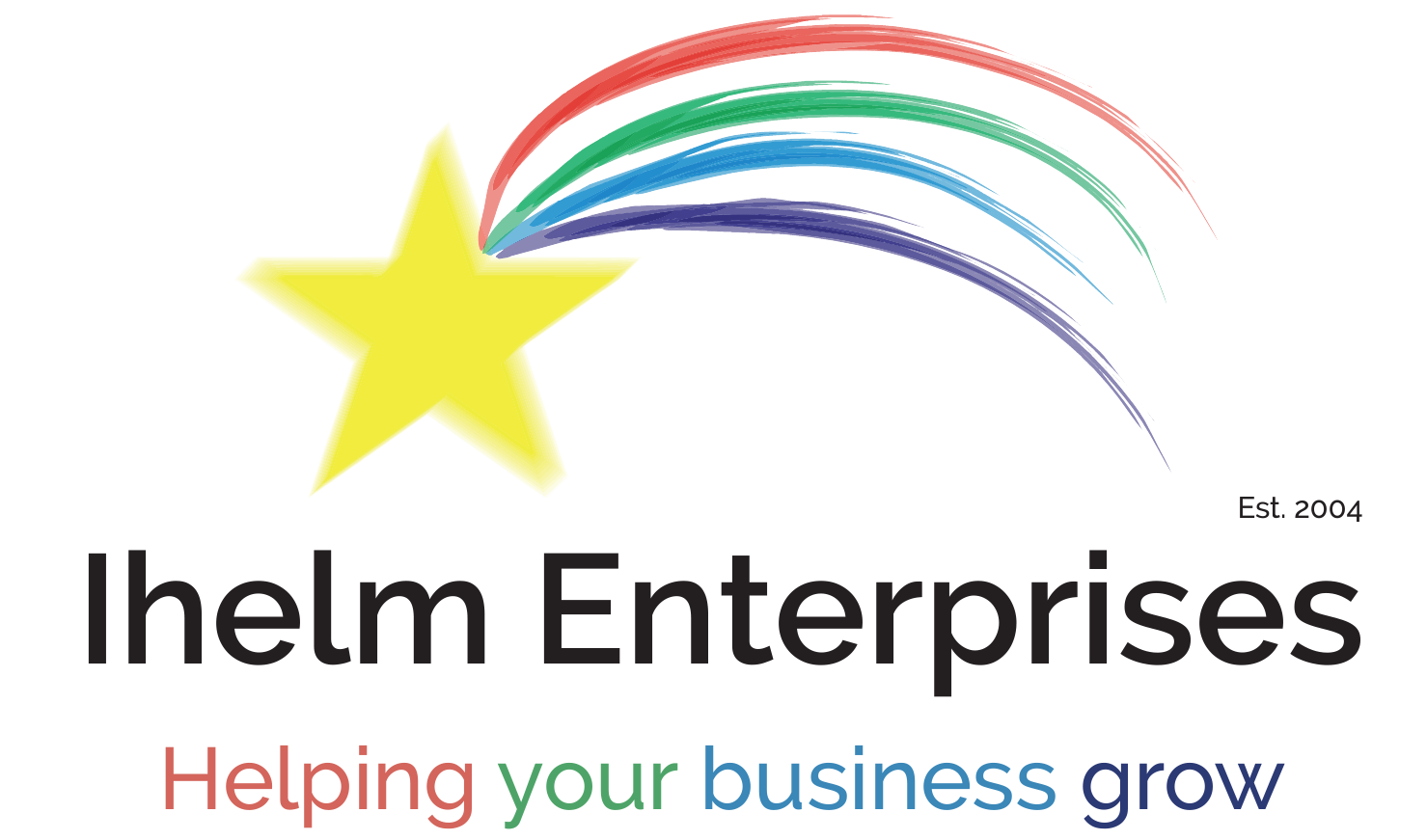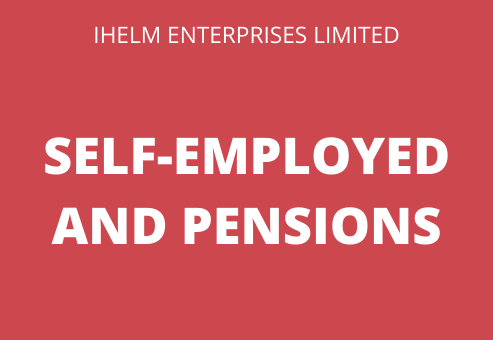The April 2021 Facebook live talked about being self-employed and how to deal with a private pension so I wanted to add the information into a blog post for you.
Do I need a pension?
The answer to this question is not an easy one and it is 100% a personal choice. If you are self-employed and are paying the NI Class 2 contributions, you will qualify for the basic state pension or the new state pension (which came into play from April 2016), but the state pension may not be enough for you to live on. The current value of the new State Pension is £179.60/week for the 2021/2022 tax year.
You could start paying into a private pension scheme or look at other ways to invest your money – for example, putting money into an ISA – which you can invest up to £20,000 for the current tax year. These sorts of things can help you to be able to have an income once you have retired.
If I set up a personal pension, can this be claimed in my accounts?
As a self-employed person, any private pensions that are set up, are not able to be claimed on your accounts. If you pay for the pension through your business account, it would need to be recorded as Owner’s Equity. The reason for this is that the pension is not “wholly and exclusively” for business.
If you were an employer, and you had a pension scheme set up for your employees, the pension contributions paid on behalf of the employees would be an allowable business expense and would be recorded in your accounts.
Can I claim my pension contributions on my self-assessment tax return?
Not all pension schemes work the same way. Most of them work on the basis of the pension provider adding the additional tax relief to the pension contributions you make, meaning that the tax relief is taken care of straight away. However, if you are paying a higher rate of tax, or have paid in more than the annual allowance, you will need to enter the pension contributions into a special section on the self-assessment tax return.
At the end of the tax year, your pension provider will send you a pension contributions certificate which tells you how much you have paid in contributions through the year where deductions were made after tax. You then use this information to enter on your self-assessment tax return. It will be entered in a separate section to your self-employed income.
When you are filling out your tax return, before you even get to the sections where you start to fill out the numbers, you will be asked a series of questions so that the return can be tailored to the pages you need to submit. You will need to say that you have made pension contributions and you will then be able to enter the information provided to you in the tax return.
How do I find the best pension?
As a bookkeeper, I am not qualified to provide financial advice in regards to pensions, so I would advise anyone that is looking to sort out a pension scheme – either for themselves or for their employees – to contact a Financial Advisor and speak with them to ensure that the pension is the right one for them. While I am not able to advise on the pension scheme, I am able to help with how to enter the information into your accounts.
If you have any questions about how to enter the pension information into your accounts, feel free to e-mail me and I will get back to you!

